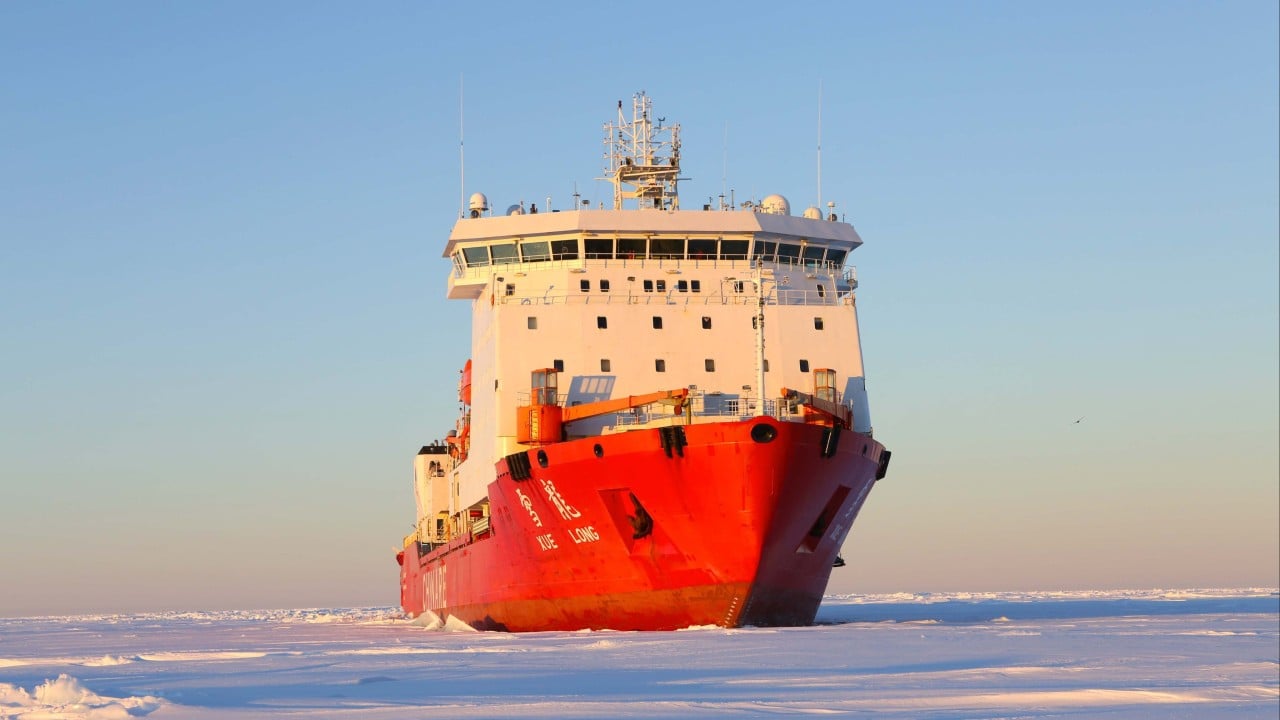Chinese researchers have unveiled a key development in underwater acoustic technology that could chart a new course for the country’s underwater defence capabilities.
Advertisement
The innovation allowed scientists to pinpoint the depth of a low-frequency sound source with near-perfect accuracy in the Arctic’s Beaufort Sea – a critical gateway to Alaska and a focal point of US naval operations.
A peer-reviewed paper published last month in Acta Acustica, China’s leading acoustics journal, detailed how scientists with Harbin Engineering University (HEU) could use challenging Arctic oceanographic conditions to develop a passive depth-discrimination method with 93 per cent accuracy for underwater targets and a 100 per cent success rate for identifying surface vessels.
The achievement, verified through a computer simulation built with real-life data collected by China’s 11th Arctic expedition in 2020, marks a significant step in China’s undersea warfare capabilities, in the northern backyard of the United States.
The Beaufort Sea’s “double duct” acoustic environment – a layering of water masses with contrasting temperatures and salinities – has long been a challenge for sonar systems.
Advertisement
“The upper surface duct (0-80 metres, or 0-263 feet) exhibits increasing sound velocity with depth while the Beaufort duct (80–300 metres) forms a distinct sound channel” due to warm water coming from the Pacific, according to the researchers.

